The Pixel 9, Pixel 9 Pro, and Pixel 9 Pro XL make up the range. Smartphones From Google for the second half of the year. The news was presented at the Made by Google event, on Tuesday, from the United States.
For the first time, there will be two sizes among the Pro models, leading to the introduction of the XL designation. Thus, the Pro, which has more advanced features, will be available with a dual-screen display: 6.3 inches on the Pro (the same size as the Pixel 9) and 6.8 inches on the Pro XL. The technology explained that providing two screens is a response to “Multiple requests” From a Pro phone, smaller and fits in your pocket.
Pixel 8a. Google's new smartphone has a lot of AI (but it's more expensive)
As with many recent Google ads, The main focus was again on artificial intelligence (AI), It is for the Gemini model. The artificial intelligence on these phones works thanks to the Tensor G4 processor which, along with the 16 GB of RAM in the Pro models, will allow some tasks to be performed faster. According to the company, these will be the first phones to run Gemini Nano in multimedia mode, that is, adapted to Smartphones With the ability to receive and understand image, audio, video or text information.
To ensure the device doesn't overheat due to demanding tasks, changes have also been made to the phone's vapor chamber to ensure more effective cooling.
On Android phones, Google Assistant is already there to help with some tasks. Now, Gemini wants to take on the role of a personal assistant using artificial intelligence and listening, through natural language, to the most complex requests. By touching the phone's on and off button for a few seconds, Gemini is activated: it will make some suggestions for actions based on what is on the screen and will be able to interact with the user. For example, if you don't know what to prepare for dinner, a photo of the inside of the refrigerator is enough to get a suggestion for a recipe.
Another sign of AI is the ability to search through your screenshot folder. It’s a tool designed for those who know they have the image somewhere on their phone, but don’t want to have to go through image after image to find the information. With AI, these images become “searchable” and you can ask questions to find the right one.
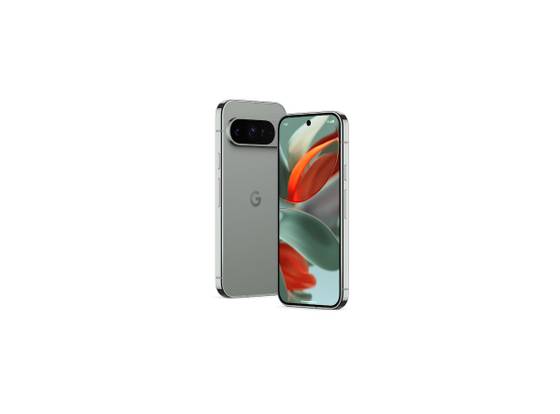
Pixel 9 Pro
In previous Pixel 8 phones, some AI tools already stood out, such as “best take”, To make sure everyone in group photos is in the best possible position. Basically, in a photo with multiple people, many photos are taken in a fraction of a second and the AI “combines” the best performance of each element in the photo into one.
And now, with these pixels, there are more new tricks in this area, such as “Add meI'm thinking of being the photographer in group photos. It's a two-stage photoshoot: first with the whole group, and in the second stage of the photo, the original image remains on the screen but with a suggested space for the photographer to fit in. Thanks to AI, the two images are merged so that everyone can be seen.
While editing photos, the editor already allows to remove unwanted objects from photographs and there are some other tricks. The editor will be able to take a photo present in the gallery and suggest options for the best possible framing. For example, to make sure that the photographed object stands out in some way or to reduce unnecessary space in the photo.
node “boom” Thanks to generative AI, you'll now also be able to add more things to a photo or edit some parts. For example, adding a vacation sea to one photo or making the grass greener in another. Just type in what you want to add, the company explains.
The company explained that it had made some changes to design Of the hardware to achieve a thinner profile on the phone. In terms of battery, there are promises of up to 70% charge in 30 minutes on the Pro XL and up to 55% in about 30 minutes on the Pixel 9 (as long as it has Google's 45W charger, which is sold separately). A 4,700mAh battery is included in the Pixel 9 and a 5,060mAh battery in the 9 Pro XL. Both have wireless charging and the ability to share the battery, so you can charge your headphones, for example.
The triple camera system remains: 50MP wide angle, A super fast 48MP ultrawide lens and 48MP 5x telephoto lens. 42MP front camera with autofocus. The phone also has a high-resolution zoom feature of up to 30x.
The Pixel 9, the entry-level version in this launch, has differences: a dual-camera system, a 50-megapixel wide-angle, super fast 48MP with large focal length and less zoom than the pro models: high-resolution zoom up to 8x. The Pixel 9 also has less RAM (12GB).
The devices will launch with Android 14 and a promise of seven years of software updates. programming.
Pixel 9 will launch in Portugal in 2018 919 euros (128GB version), up from the €829 that the entry-level model, the Pixel 8, cost last year. The Pixel 9 Pro starts at €1,119 (128GB), and the more expensive Pixel 9 Pro XL starts at €1,219 (128GB).
The Pixel 9 will be the first Android phones to feature satellite emergency communications — but only in the US. In other words, the Pixel 9 will be able to connect to satellites so you can call for help even when there’s no mobile network.
The use of the phrase “first Android phones” with this feature is relevant. In another operating system, Apple’s, this tool has been around since 2022. When Apple introduced the iPhone 14 in September 2022, it included “Emergency SOS,” starting with the launch in the United States and Canada.
Satellite communications have some peculiarities: to work as efficiently as possible, the sky must be clear and the phone must be pointed in the right direction. Google has revealed that the service will be free for two years in the United States.
An “island” on the iPhone, more emergency tools, and the Ultra Watch. Apple News (the most expensive).
Google also chose this event to present its second edition. Smartphone Foldable. As with its predecessor Pixel Fold, the Pixel 9 Pro Fold will not be available in the Portuguese market. In Europe, the model will only arrive in a limited set of countries (Austria, Belgium, Denmark, Finland, France, Germany, Ireland, Netherlands, Norway, Switzerland, Sweden and the United Kingdom).
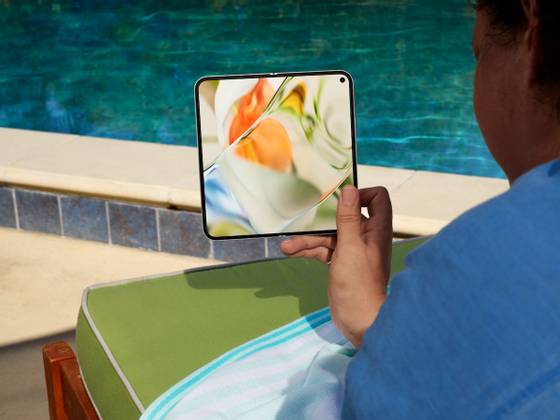
Pixel 9 Pro Fold won't launch in Portugal
The Pixel 9 Pro Fold, which will start at $1,799 (more than €1,645 at current conversion), has undergone some design changes to make it slimmer and fit easily into (some) pockets. When folded, its screen is 6.3 inches, and when unfolded, it's 8 inches.
Like the rest of the lineup, it also has AI-related features due to the inclusion of the Gemini model. In terms of cameras, the 9 Pro Fold has a triple camera system, with some AI tools as well.
The new Pixel Watch 3 will be available in two sizes, 41mm and 45mm. design The hardware has been changed to feature a larger screen area, which is also brighter – up to 2,000 nits of maximum brightness. And for situations where you don’t want the brightness to be annoying, like in a movie theater, for example, it can be configured to display just one unit of brightness.
In this third generation, the watch has a 36% larger battery than its predecessor, and it charges up to 20% faster than the Watch 2.
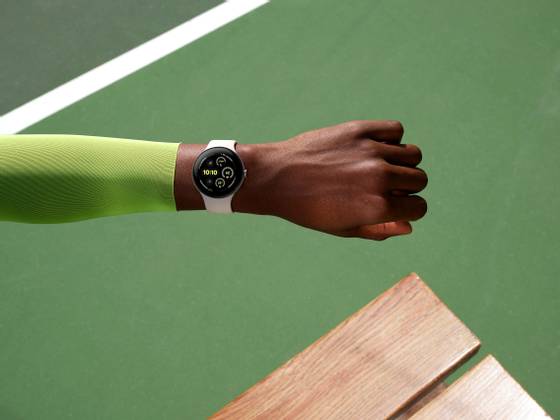
The Pixel Watch 3 will be available in two sizes: 41mm and 45mm.
Many users have to compromise on some features when battery saving mode is on — for example, the brightness is adjusted and the screen is turned off. According to Google’s announcement, the battery can last up to 36 hours in this mode, “without sacrificing functionality.” Without saving mode, the estimated runtime is 24 hours with the screen always on.
For sleep time, the watch has a mode where it automatically detects the user's sleep time and adapts to it. For example, it stops displaying notifications and starts recording sleep.
In addition to more precise modes for certain sports, the watch will inform the user when it is better to postpone training and rest. For example, if you had a sleepless night and slept poorly or if you went out at night and did not rest at all, it is natural for your body to ask for rest. Therefore, the watch will provide a dynamic and personalized training readiness score, based on sleep data, heart rate, etc. The cardio load, cardio work intensity, and cardio goal to be achieved for the day will also be displayed, taking into account the information collected.
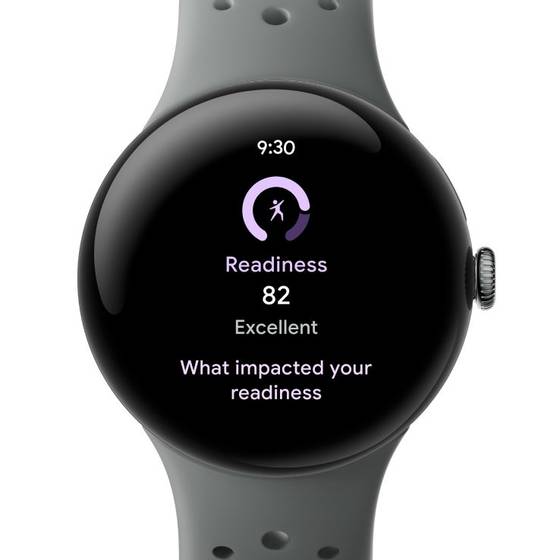
Example of ready screen on watch
In Europe, the 41mm version will cost €399 for the Wi-Fi version and €499 for the LTE version, with cellular connectivity. The larger version will cost €449 and €549, respectively.
The Buds Pro 2 complete a batch of announcements on Tuesday. Google says they’ve been redesigned with “45 million ear imaging data points” in mind to increase comfort and safety during use. There’s also the promise of smaller, 27% lighter earbuds.
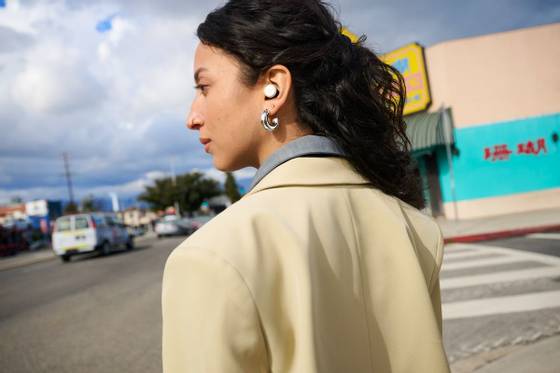
Pixel Buds Pro 2 Earbuds
In Portugal, the price will start at €249. In addition to noise cancellation, they have a Tensor A1 processor, developed for audio and which can detect rapid changes in the user's surrounding sound and adapt the noise cancellation level to the needs. There are also AI capabilities here: when you start talking, the music is paused and the headphones switch to transparency mode, so you can hear the other person.

“Coffee trailblazer. Social media ninja. Unapologetic web guru. Friendly music fan. Alcohol fanatic.”
